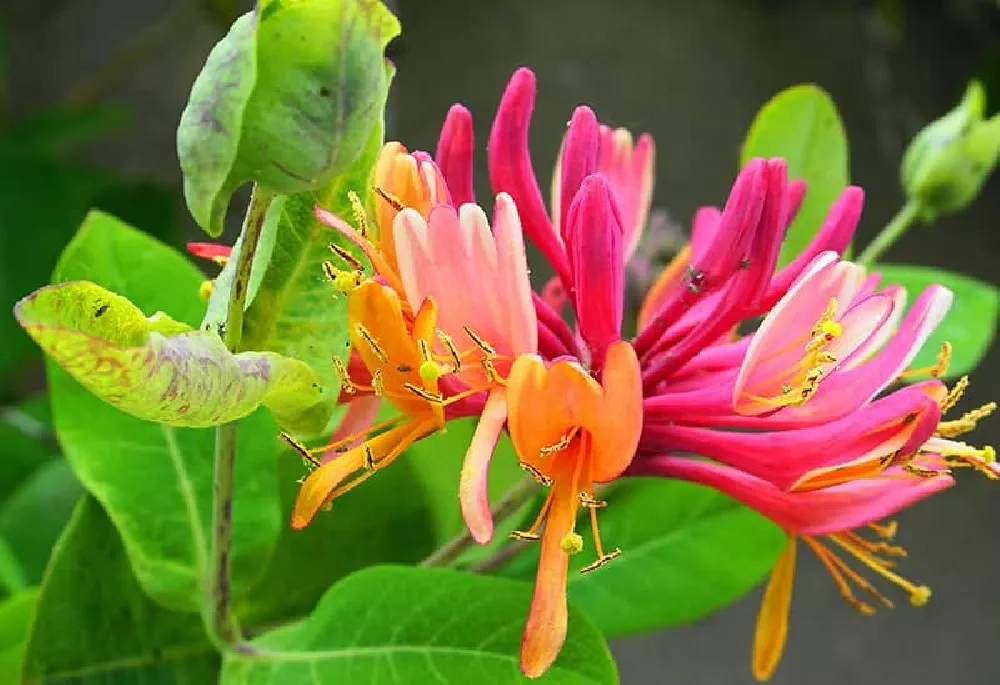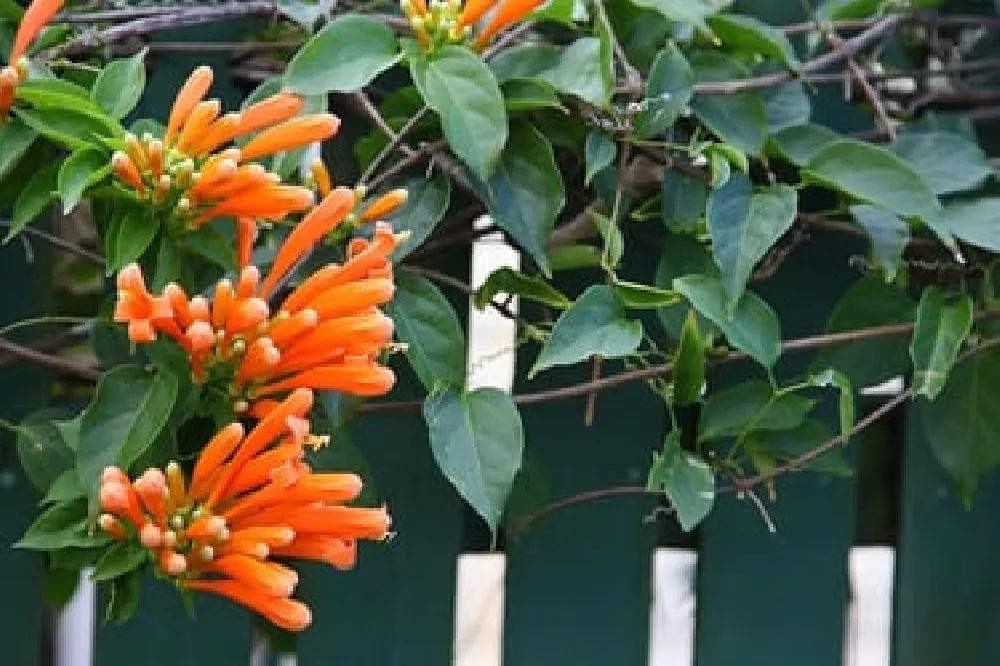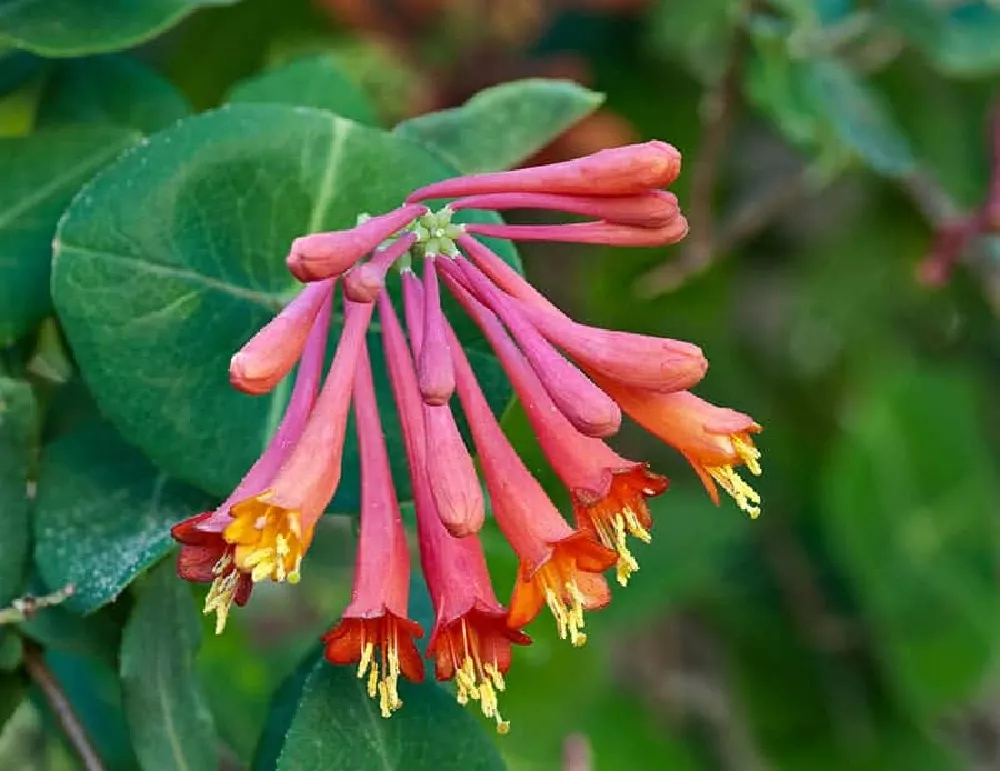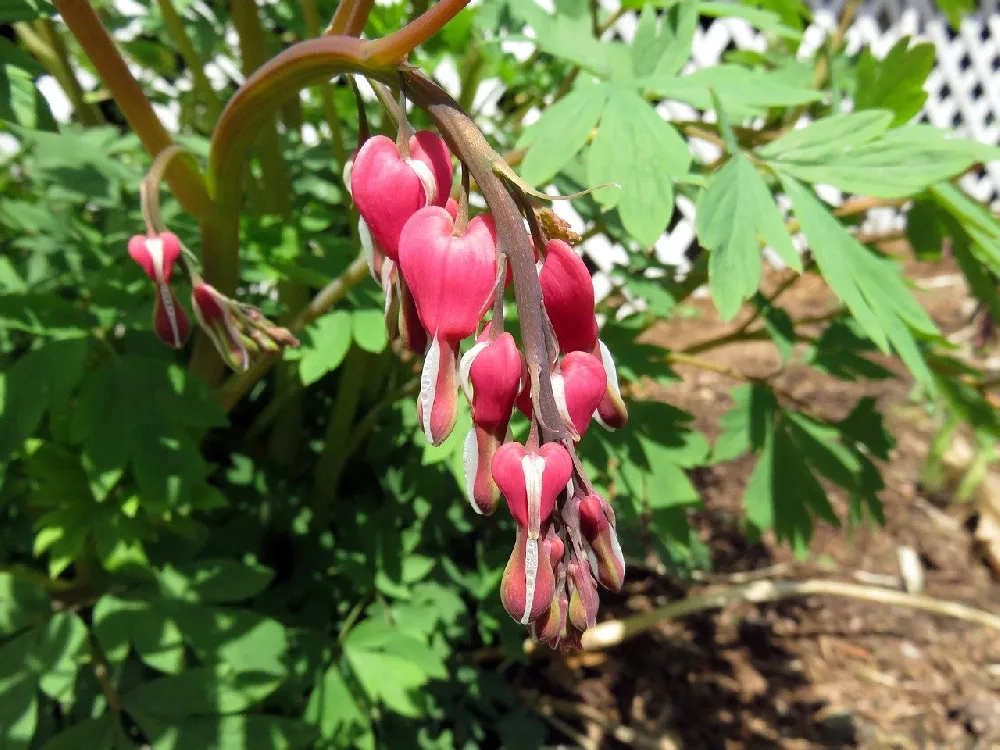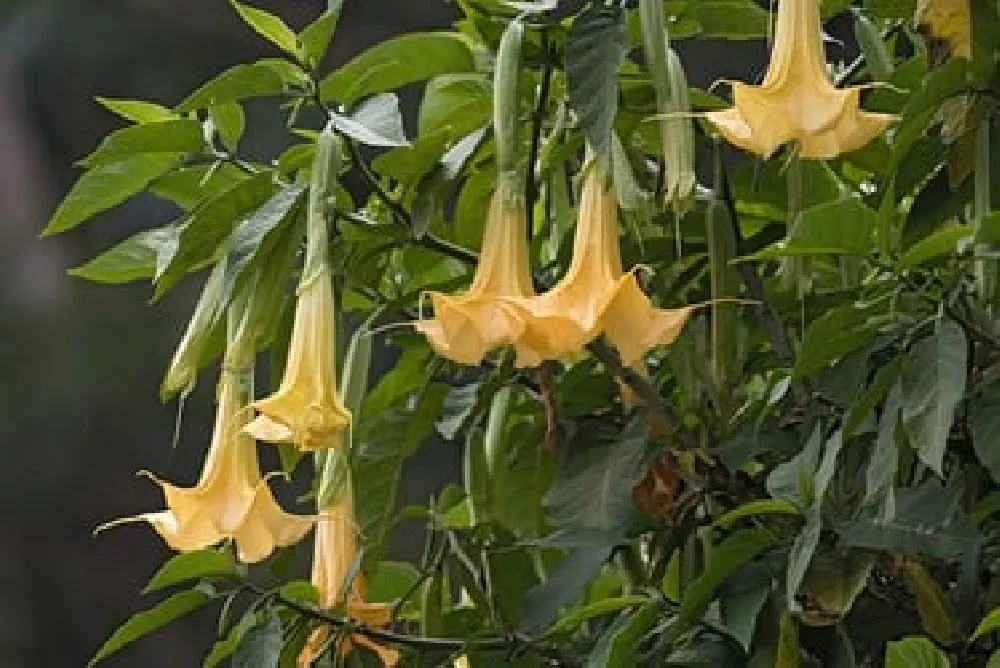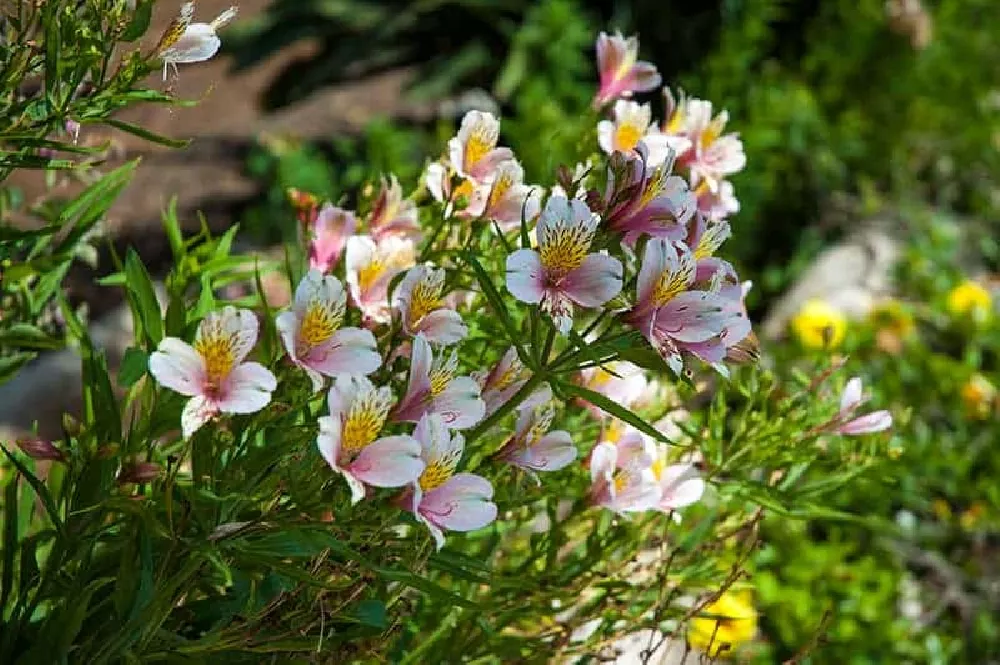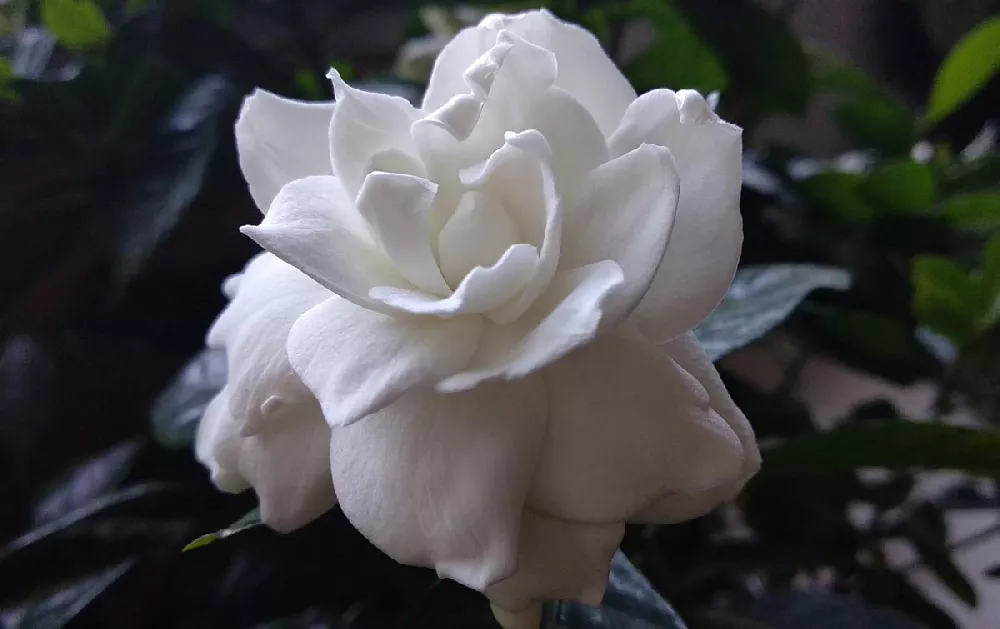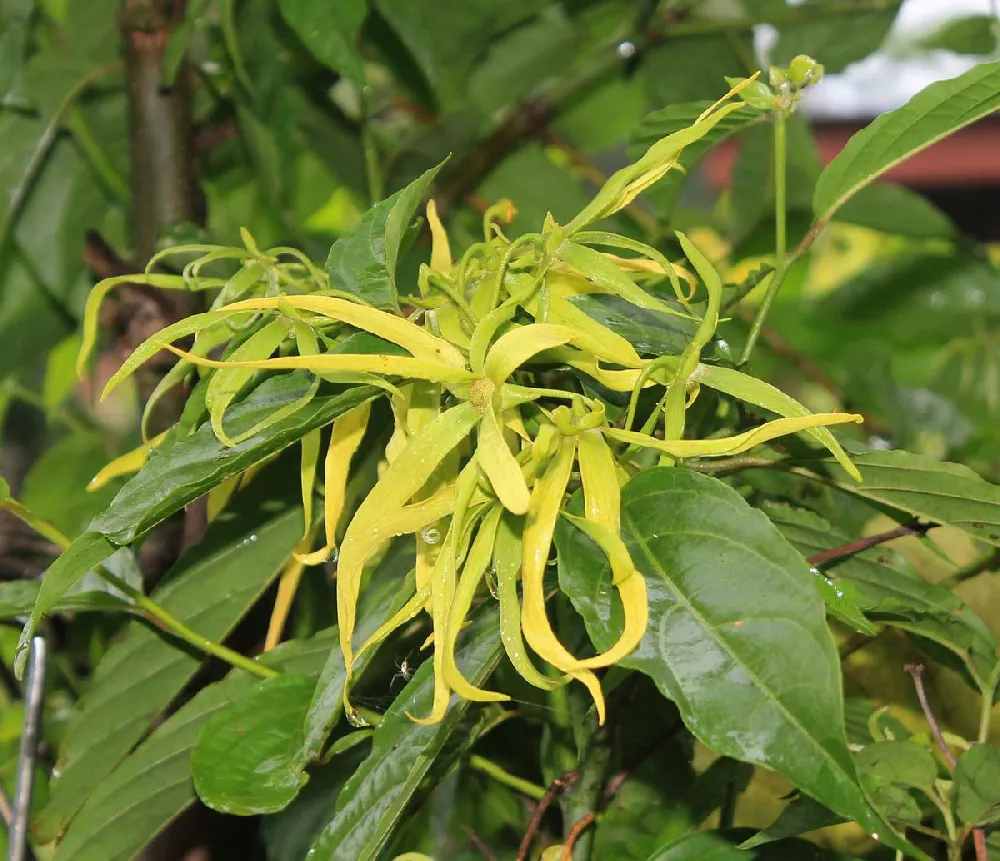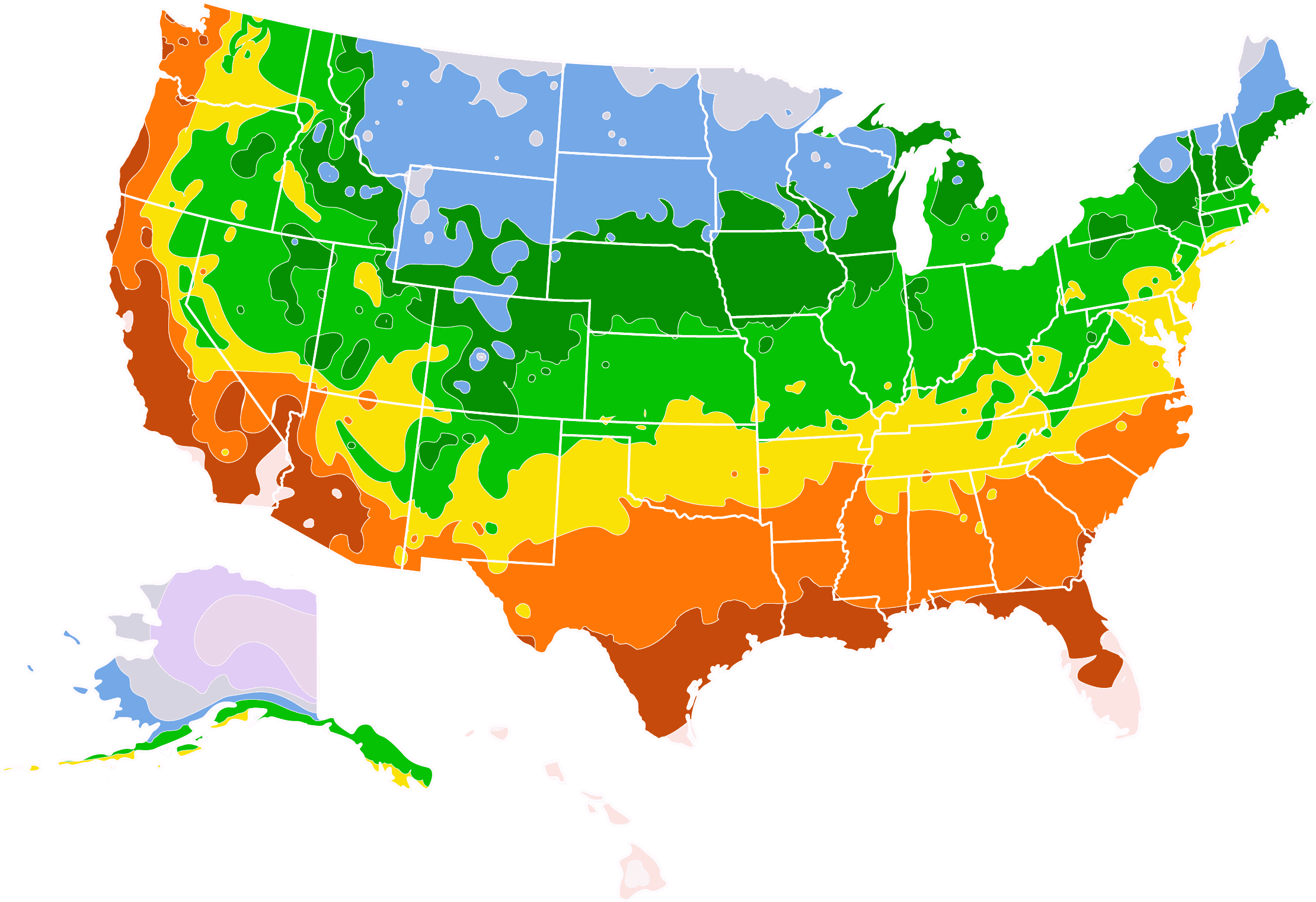Peaches & Cream Honeysuckle Vines for Sale - Buying & Growing Guide
Honeysuckle, or Lonicera, is a large family of vines, bushes, and ground covers, with more than 180 different varieties. Almost all of them are noted for their lovely, fragrant flowers that are a magnet for pollinators. Honeysuckle is fairly easy to grow and has no unusual needs. It is resistant to many plant pests and diseases making it a great addition to the garden. Honeysuckle vines need support and are often used to add interest to a trellis or pergola. If your garden is on the small side, there are honeysuckle vines that do well in containers or tucked into a corner or by a light post.
- A large family with more than 180 cultivars.
- Noted for pretty, fragrant flowers that attract pollinators.
- Most varieties need sturdy support.
Enter your zip code to find nearby stores that may carry this plant.
Plant Care
Sunlight

Honeysuckle vines prefer full sun for six to eight hours a day. Some varieties tolerate partial shade.
Watering
For the first year, water regularly, about one inch a week. Once established, honeysuckle is fairly drought-tolerant.
Fertilizing

Fertilize once in the spring with a slow-release, balanced fertilizer. Container plants may need more.
Planting and Care
Planting instructions
Before you plant your honeysuckle, place the trellis or other structure about six inches from where the plant will go, so you don’t damage the roots. Dig a hole a little deeper than the root ball and twice as wide. Mix some organic compost or well-rotted manure in the bottom of the hole and place the root ball so the top is level with the ground. Mix the soil you removed from the hole with compost or manure and fill the hole around the root ball, tamping down to eliminate air pockets. Pull l up the soil to form a low berm around the plant where water can pool while it soaks in. Water your plant thoroughly. Apply a one-inch layer of mulch, such as wood chips, around the plant.
If planting your honeysuckle in a container, use a high-quality potting mix augmented with perlite to improve drainage. Make sure your container has adequate drainage holes in the bottom.
Watering and nutrients
Honeysuckle vines like their soil to remain moist, so check your plant every few days. Plants in containers need more water than those in the ground. They don’t like having wet feet so be sure you are not watering so much the ground becomes soggy. Also, avoid getting leaves wet while watering, to minimize the risk of fungal diseases.
For in-ground honeysuckles, fertilize in the spring with a balanced, slow-release fertilizer. You can give your plant a boost by applying a top dressing of compost around the root zone. For container-grown honeysuckles, give them a light feeding of slow-release fertilizer several times during the growing season.
Pollination
Pollination in honeysuckle vines results in small, non-edible red berries. The important thing to note about honeysuckle pollination is that they are an excellent plant for the garden if you are trying to attract pollinators to fruit trees or other plants. The fragrant flowers of the honeysuckle will draw insects such as hawk moths and multiple varieties of bees, as well as hummingbirds and butterflies.
Pruning
Prune your honeysuckle to keep an attractive shape, removing any diseased or dead branches. You can assess your honeysuckle for pruning needs when you maintain the vine’s trellis support, which should be done several times each summer. Check to be sure the main vine branches are securely attached to the structure without binding them so tightly they can’t grow. Bush honeysuckles only need to be pruned lightly in the spring after the flowers drop off.
Pests and diseases
Aphids and mites can show up on your honeysuckle vine but can be controlled by encouraging or releasing beneficial predators, such as ladybugs or lacewings. Avoid using chemical insecticides, unless the infestation is severe.
Honeysuckles are not prone to many plant diseases but may show signs of powdery mildew in very wet weather. Keep the leaves dry when watering, prune out diseased branches, and use a fungicide if necessary.
Achieving maximum results
The only high-maintenance task that comes with growing honeysuckles is training them up a pergola or support. Unlike some vines, they do not have suckers that will attach to the structure, so cannot be grown up the side of a building, unless you add twine or a trellis that they can be tied to. The best way to attach your honeysuckle to a structure is by using stretchy tie-like sections of old pantyhose to form a figure eight around the branch and structure. This ensures the branch will not rub against a hard surface, risking the loss of bark.
FAQs
How soon will my honeysuckle bloom?
Honeysuckles are perennials and it may take a year or so before it is matured enough to set blossoms. They are fast growers and you may see a small number of blooms the first year you plant your vine if it’s getting enough water and sun.
How long do honeysuckles live?
A well-cared-for honeysuckle vine may give you 20 years of growth. Site your vine carefully, give it regular water, and a spring helping of fertilizer to give it the best chance to live long and prosper.
What are some common types of honeysuckle vine?
Lonicera sempervirens, or trumpet honeysuckle, is one common type sold frequently at garden centers. It has vibrant crimson flowers with yellow stamens. Lonicera ciliosa thrives in shade and can brighten up a dark spot in your garden with vivid orange and yellow flowers. It also tolerates cool temperatures better than most honeysuckles.
What USDA hardiness zones are good for honeysuckle?
That varies from variety to variety but most honeysuckles are fine between USDA hardiness zones 5-9. Check the plant tag when you purchase your honeysuckle for information on that particular cultivar.
